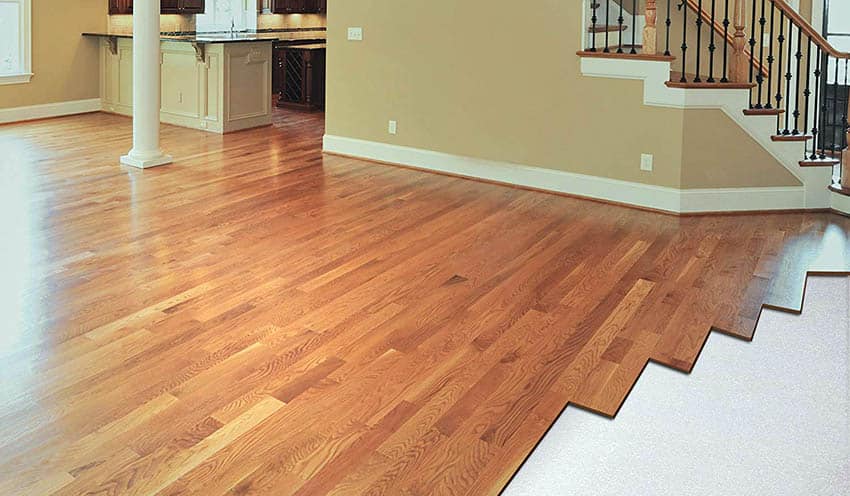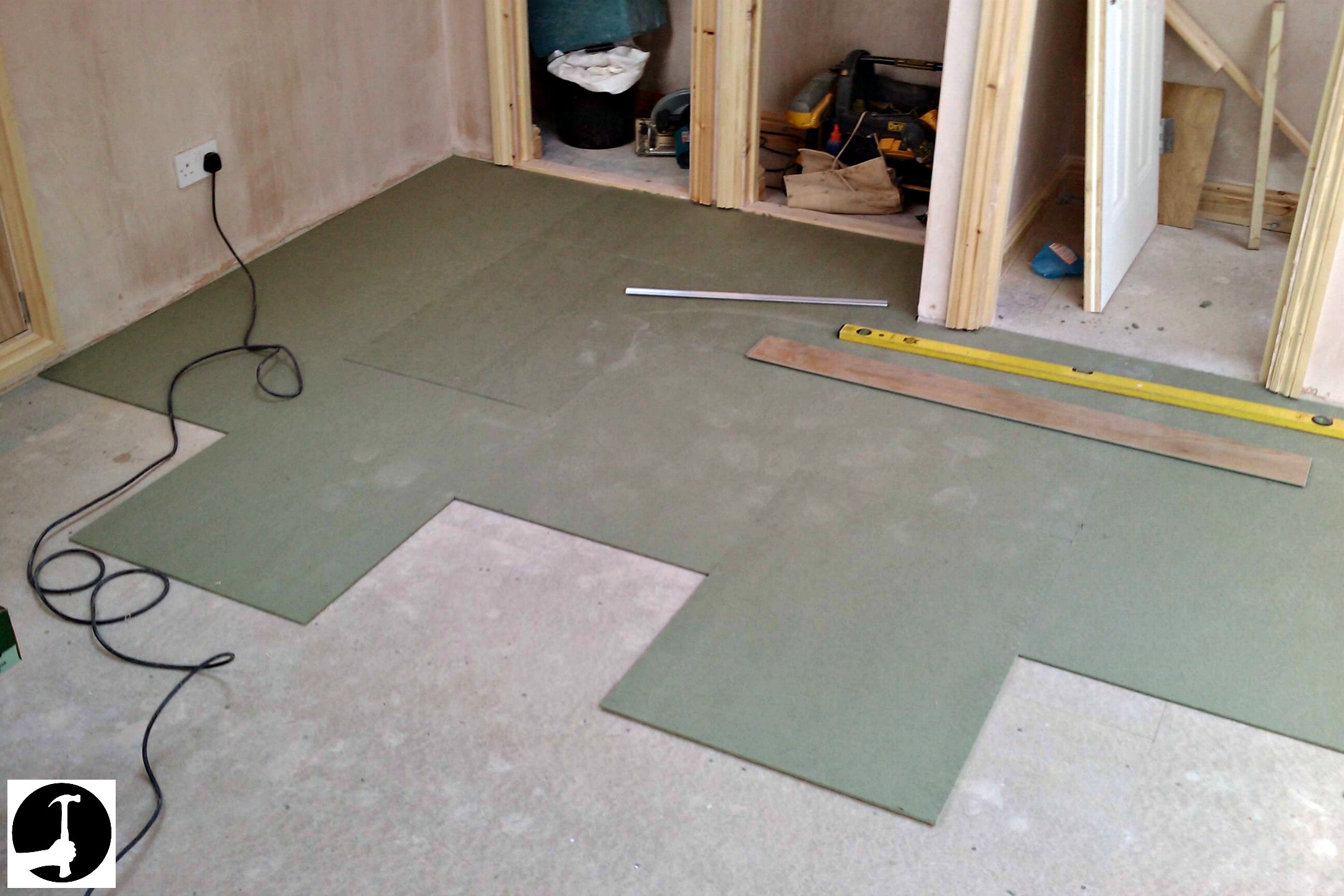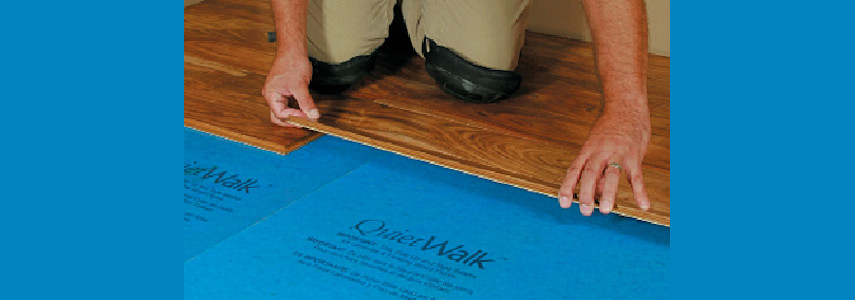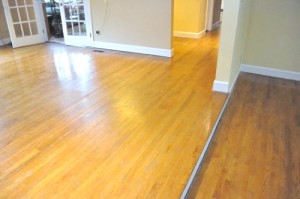Laying underlayment for hardwood floors is a crucial step that ensures durability, comfort, and noise reduction. Underlayment acts as a barrier against moisture, preventing damage to the hardwood. It also provides cushioning, making the floor more comfortable to walk on. Additionally, underlayment reduces sound transmission, creating a quieter living space. Choosing the right type, such as foam, felt, or rubber, depends on your specific needs and subfloor type. Proper installation sets the foundation for a long-lasting hardwood floor.
Preparation is key to laying underlayment effectively. Start by cleaning the subfloor to remove dust and debris that can affect adhesion. Repair any cracks or uneven areas to create a smooth surface. Roll out the underlayment, ensuring it covers the entire floor without overlapping. Use tape to secure the seams, preventing movement during hardwood installation. Taking the time to prepare properly ensures the underlayment performs its role effectively. It’s a small effort that makes a big difference.
The type of underlayment you choose impacts the installation process and performance. Foam underlayment is lightweight and easy to install, offering excellent moisture protection. Felt underlayment provides superior soundproofing and cushioning, ideal for multi-story homes. Rubber underlayment is durable and resistant to mold, making it suitable for basements or humid areas. Consider factors like moisture levels, subfloor type, and noise reduction when selecting underlayment. The right choice enhances your hardwood floor’s performance.
Proper installation techniques ensure the underlayment functions as intended. Avoid stretching the material, as this can cause gaps or wrinkles. Trim excess underlayment along the edges to fit the room precisely. Ensure the underlayment lies flat and smooth before installing the hardwood. Using the recommended adhesive or tape prevents shifting during installation. These steps create a stable and even surface for your hardwood floors. Attention to detail during installation ensures optimal results.
Laying underlayment for hardwood floors is a vital step that enhances durability, comfort, and noise reduction. Proper preparation, material selection, and installation techniques ensure the underlayment performs effectively. Whether you choose foam, felt, or rubber, the right underlayment protects your investment and improves your living space. Taking the time to install underlayment correctly sets the stage for beautiful and long-lasting hardwood floors. Embrace this essential step for a flawless flooring experience.
Underlayment For Glue Down Hardwood Floors
Laminate flooring underlay
How To Install Laminate Wood Flooring On Concrete Slab – Rug Storm
How important is it to have a 3 mm underlayment vs. a less expensive 2 mm underlayment when
Laying Wood Flooring On Concrete Screed – Carpet Vidalondon
Underlayment For Wood Floors – Home Build & Decoration
Refinishing a Hardwood Floor, Part 1
Serenity Underlay™ For Nailed Down Wood Floors
Related Posts:
/new-floor-installation-185270632-582b722c3df78c6f6af0a8ab.jpg)
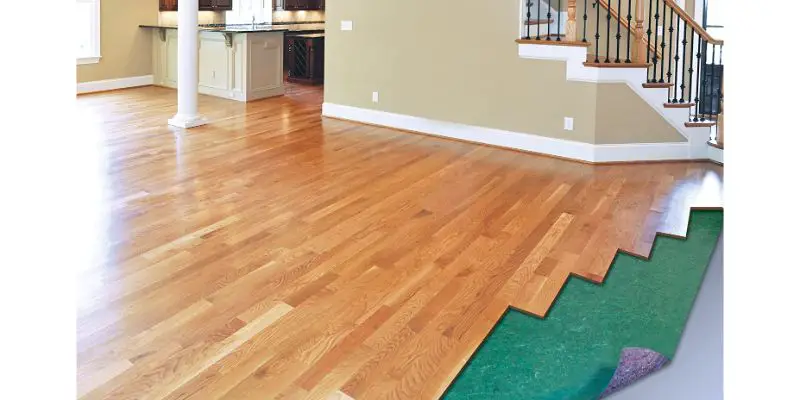
:max_bytes(150000):strip_icc()/installing-hardwood-floor-155149312-57e967d45f9b586c35ade84a.jpg)
